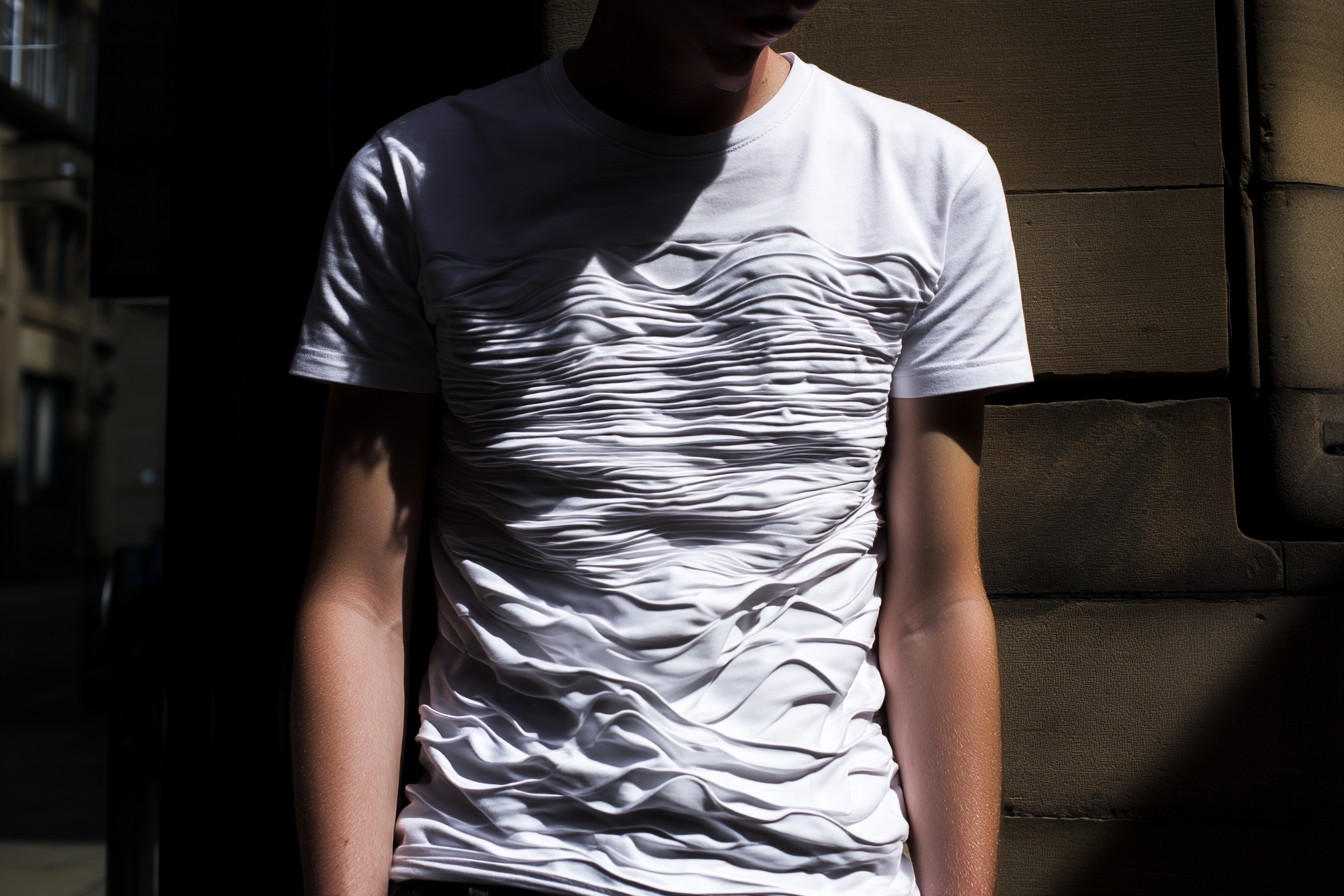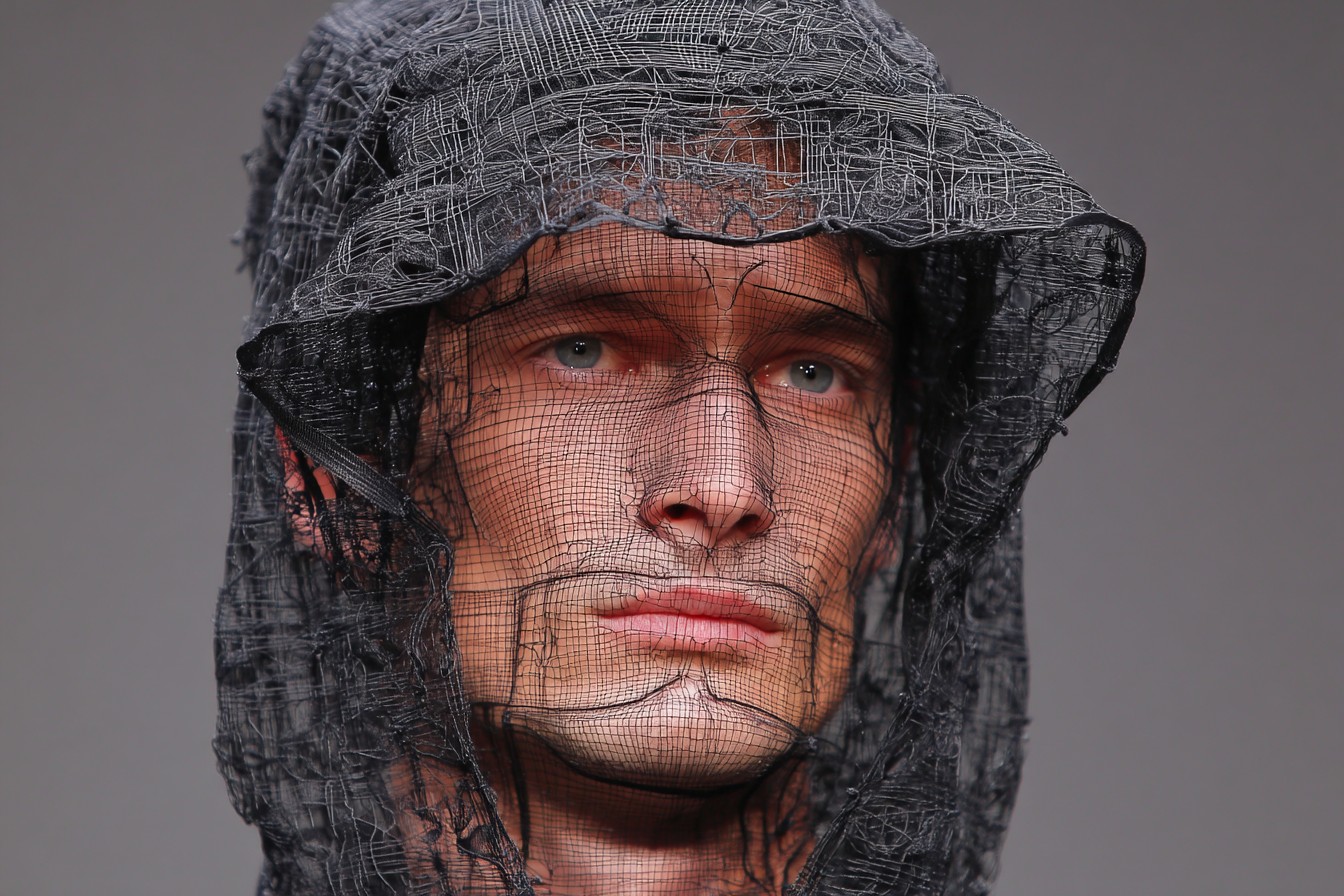It started as a joke, really. I was having dinner with Marcus and Vijay—yes, the same university housemates who once witnessed me iron a pocket square at 3 AM before a job interview—and somehow we got onto the subject of white t-shirts. Marcus was insisting that his £55 Japanese cotton whatever-the-hell was objectively superior to anything else, while Vijay maintained that his pack of three from M&S did the job just fine, thanks very much. I, slightly wine-fuelled and feeling contrarian, declared that I would settle this debate once and for all by trying every bloody white t-shirt on the British high street. “Like, literally all of them?” asked Marcus. “Watch me,” I replied, with the misplaced confidence of a man who has no idea what he’s just committed to.

Two months, 37 t-shirts, and a rather concerned look from my bank manager later, and I’ve done it. Well, nearly all of them—I had to draw the line somewhere, and that somewhere was at brands that only exist online or in a single London location that considers itself too good for the provinces. But I’ve covered everywhere from the obvious suspects like M&S, Uniqlo and H&M to the slightly more left-field choices like Mountain Warehouse and TK Maxx. I’ve tried plain crew necks only—no v-necks, no pockets, no logos, no frills. Just the purest form of this staple item. And I’ve spent anywhere from £6 to £70 on them.
The criteria were simple but extensive: How does it look straight out of the package? How does it feel against the skin? How does it hang on the body—does it flatter or reveal every extra pint you’ve ever consumed? How does it wash? Does it keep its shape or twist like a politician avoiding a straight answer? Does it survive a tumble dry without turning into a crop top? Does it yellow under the arms after three wears? And, most crucially, what’s the opacity factor—can people tell what color your nipples are? (Sorry, but someone had to ask.)
I should probably point out here that my wife thought I’d finally lost the plot. “You already have at least eight white t-shirts,” she pointed out, quite reasonably, as another package arrived. “Yes,” I replied, “but none of them are perfect.” She gave me that look that wives across the nation have perfected—the one that says “I love you but you’re being completely ridiculous right now.” She wasn’t wrong, but I was in too deep to back out.

The first casualties were the super-budget options. Look, I wanted to love the £6 Primark basic tee. I really did. There’s something appealing about the idea that you could get a decent staple for the price of a fancy coffee. But after one wash it looked like it had been through a war. The fabric had that telltale thinning that budget cotton gets, where you can practically see through it, and the neckline had already started to warp. To be fair, what do you expect for six quid? It’s engineered to last approximately as long as a mayfly.
A similar fate befell options from Peacocks, George at Asda, and F&F at Tesco. The brutal truth is that sub-£10 t-shirts are generally a false economy. They look decent enough on the hanger, but they’re not built to last beyond a few washes. If you’re buying them as essentially disposable items—maybe for painting or gardening—fair enough. But as an actual wardrobe staple? You’re setting yourself up for disappointment and contributing to the landfill problem.
Moving up the price bracket slightly, things got more interesting. H&M’s regular cotton t-shirt (£8.99) was surprisingly decent for the price, holding its shape reasonably well through three washes, though the fabric was still on the thin side. Their Premium Quality version at £12.99 was noticeably better—thicker cotton, better cut, and it survived the wash test with minimal shrinkage.
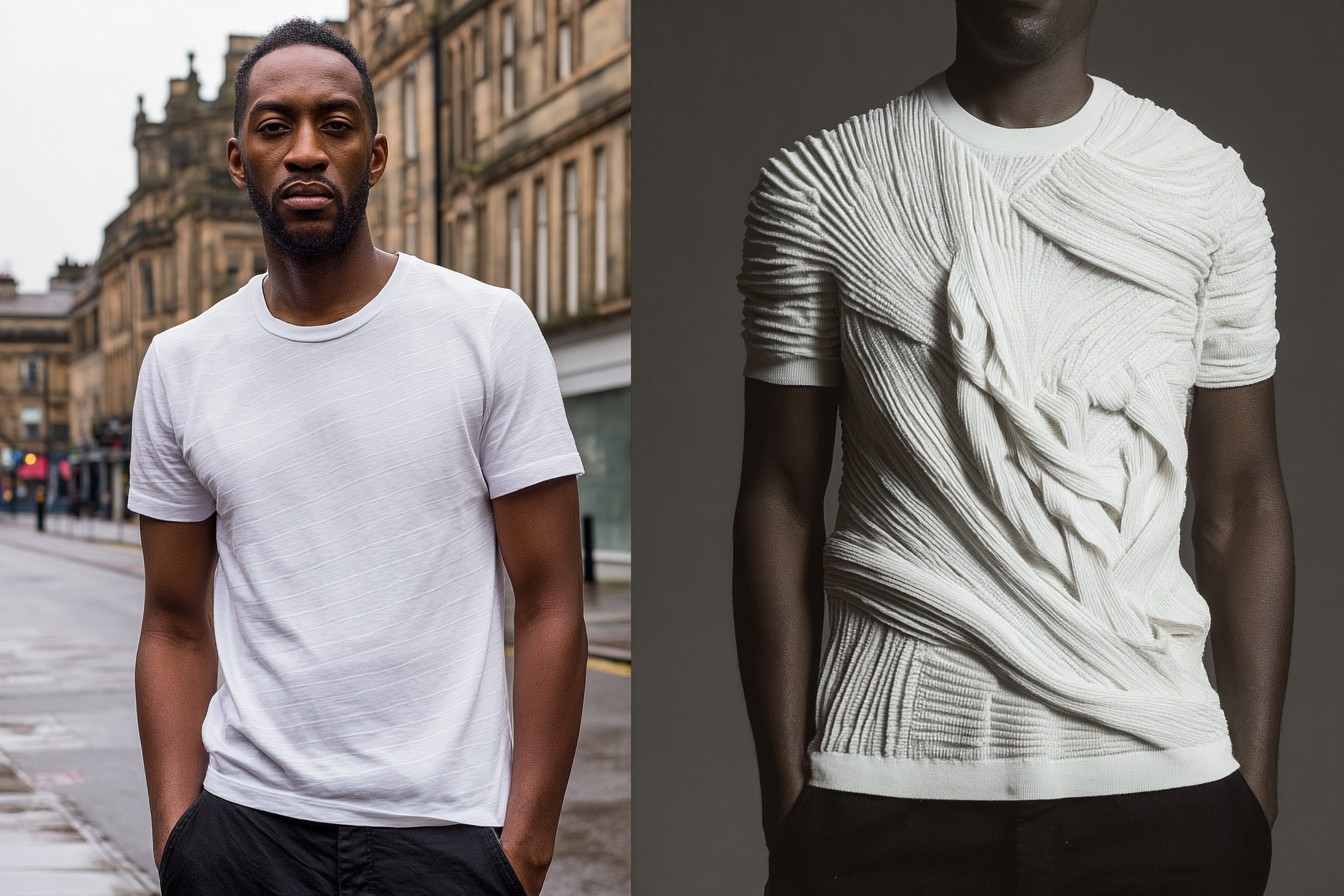
Next’s pure cotton t-shirt at £8 was pretty underwhelming—not terrible, but nothing to write home about. The fabric felt a bit rough against the skin, and it suffered from the dreaded twisted seam after washing—you know, when the side seam migrates to the front of your torso like it’s got somewhere more important to be?
Marks & Spencer offered several options, and this is where things got interesting. Their regular Pure Cotton tee at £8.50 was perfectly serviceable—decent weight, no major issues after washing—but their Autograph version at £16 was genuinely impressive. The cotton was visibly finer, the cut more flattering, and after multiple washes it still looked box-fresh. The real surprise, though, was their 2-pack of Cool & Fresh tees for £15. These are designed with some kind of wizardry that genuinely seems to reduce sweating and odor, which, let’s be honest, is the white t-shirt’s mortal enemy. During a particularly warm week, I wore one for an entire day running errands around Manchester, and it remained remarkably fresh. Black magic or clever fabric technology? Either way, I was impressed.
Uniqlo, as expected, performed strongly. Their Supima Cotton crew neck at £14.90 has a cult following for a reason—the fabric has a lovely soft hand feel, a slight natural sheen, and excellent durability. After multiple washes, it kept its shape perfectly with no shrinkage. The U Crew Neck at £12.90, designed by Christophe Lemaire, had a more substantial feel and a slightly boxier cut that somehow looked intentional rather than ill-fitting. Both were comfortably opaque—no embarrassing nipple situations here—and neither showed signs of yellowing after repeated wear.
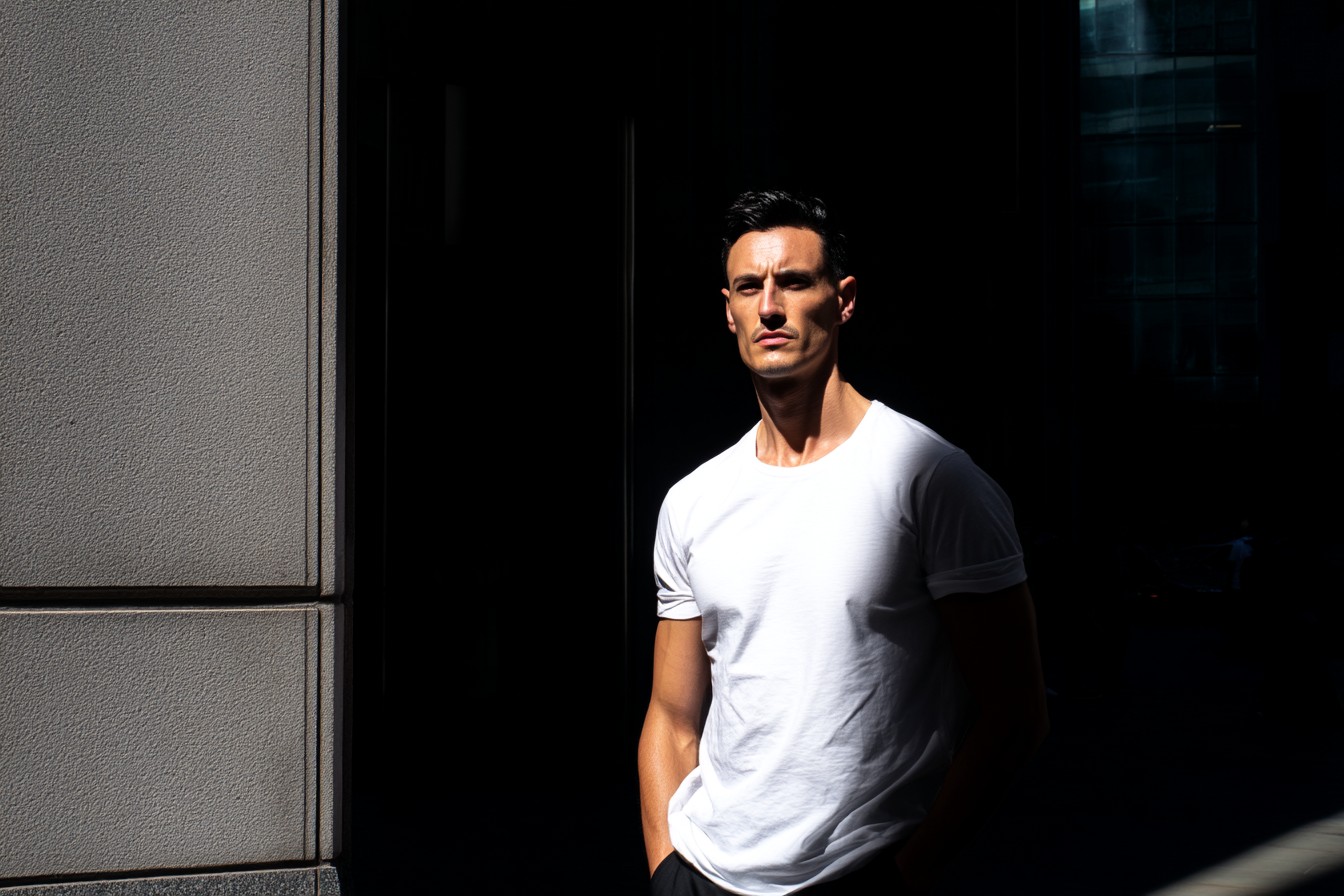
The high street surprise came from John Lewis’s own brand. Their regular cotton t-shirt at £15 was decent enough, but their £22 organic Pima cotton version was excellent—on par with t-shirts I’ve paid twice as much for. The fabric had a lovely smooth feel with just enough structure to hang well on the body, and the neck band retained its shape perfectly even after being subjected to my impatient yanking when taking it off.
Gap, once the king of basics, was surprisingly disappointing. Their standard crew at £13 felt thin and had a weird boxy cut that somehow managed to be both too tight across the shoulders and too loose around the waist. Not a winning combination.
Reiss offered a £45 Pima cotton option that was undeniably lovely—beautiful fabric, perfect cut, excellent durability—but at that price point, it’s straying beyond high street into premium territory. Same goes for their “Casual Friday” collaboration with Sunspel (£55), which was predictably excellent but eye-wateringly expensive for what is, let’s remember, just a white t-shirt.
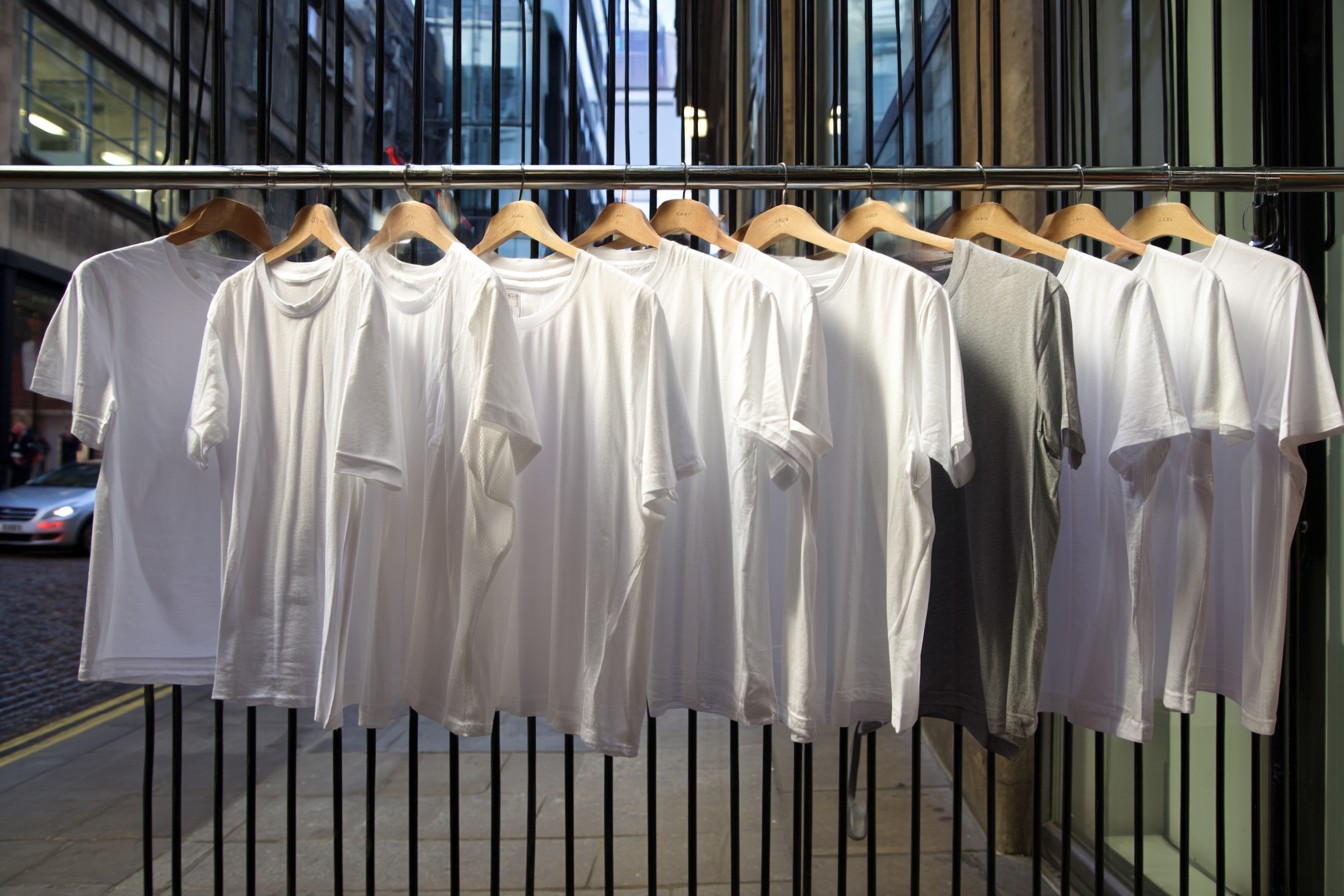
The unexpected contenders came from places I wouldn’t normally associate with quality basics. Zara’s Join Life premium cotton tee at £17.99 was surprisingly good—nice weight, good opacity, and it washed well. The sustainability credentials were a bonus, though I always take high street “eco” claims with a pinch of salt.
The outdoor retailers were interesting too. Mountain Warehouse’s organic cotton tee (£16.99) had a pleasingly substantial feel and impressive durability, though the cut was a bit utilitarian. Cotswold Outdoor stocked a Patagonia plain white tee for £35 that was excellent quality but felt like overkill for everyday wear—it’s built for alpine adventures, not sitting in mediocre coffee shops pretending to write my next column.
TK Maxx yielded a Calvin Klein 3-pack for £25 that turned out to be surprisingly decent for the price—not the most luxurious fabric, but good opacity, decent durability, and they kept their shape well after washing.
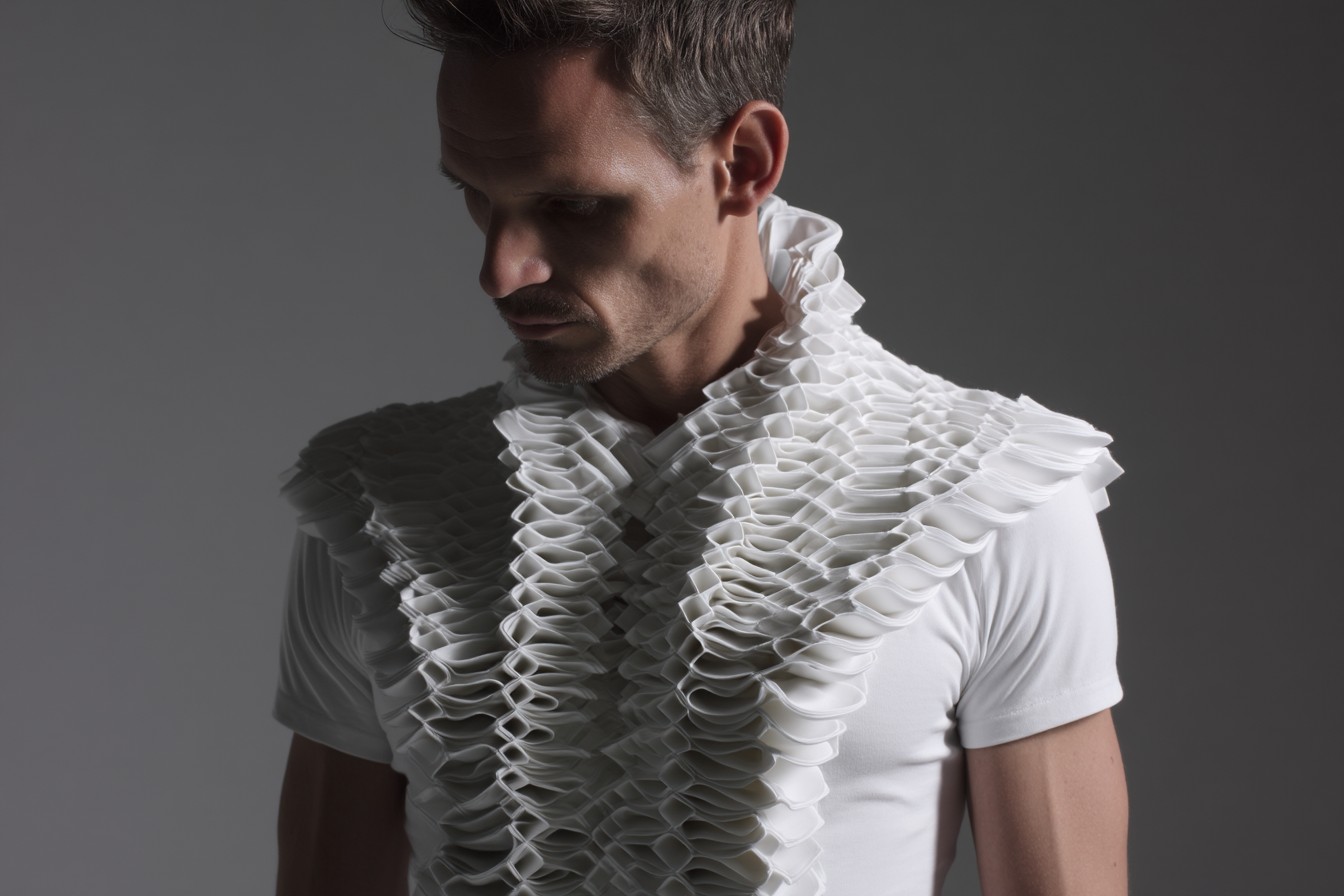
After all this exhaustive testing (and my wife’s patience), I’ve reached some conclusions. First, there’s no such thing as a perfect white t-shirt at any price point. Each has its strengths and weaknesses, and what works for me might not work for you. Body type, washing habits, and personal preference all play a part.
That said, if you’re forcing me to crown a winner (and since that was the whole point of this ridiculous exercise, I suppose you are), I’d have to give the title to Uniqlo’s Supima Cotton Crew Neck at £14.90. It hits the sweet spot of quality, price, durability, and style. The fabric is substantial enough to be opaque but light enough to be comfortable on warm days. It washes beautifully and keeps its shape. The cut is flattering without being try-hard. And at under £15, it won’t break the bank if you need to replace it after a year of heavy wear.
For those willing to spend a bit more, John Lewis’s £22 organic Pima cotton tee is worth the extra investment. And if you’re a sweaty bastard like me (sorry, but we’re all friends here), M&S’s Cool & Fresh technology is genuinely impressive.
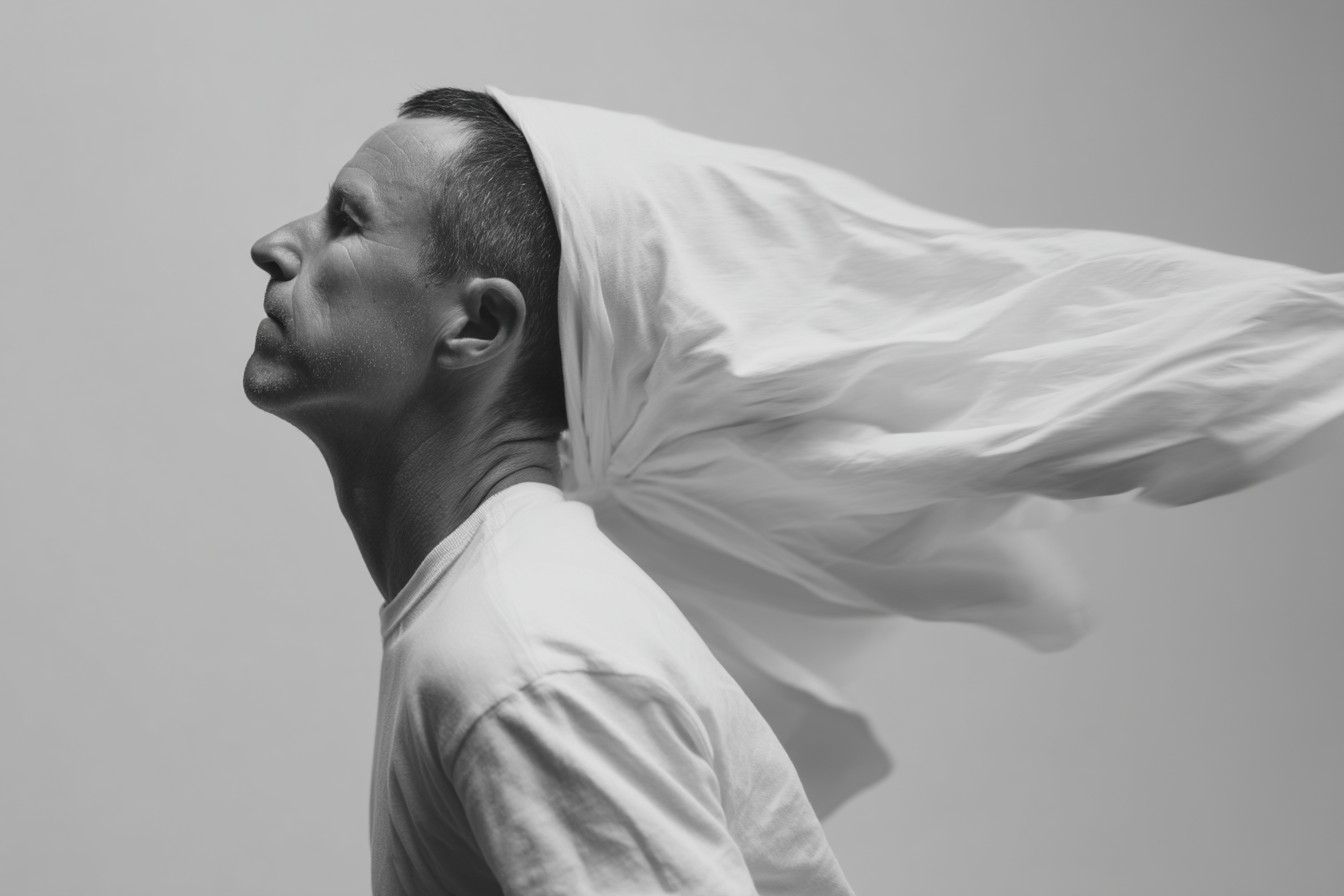
The budget recommendation would be H&M’s Premium Quality tee at £12.99—not perfect, but the best performer under £15 by some margin. Just expect to replace it more frequently than the pricier options.
What I wouldn’t recommend is spending £55+ on a t-shirt unless you’ve got money to burn. Yes, the Sunspel classic (£70) is beautiful. Of course the Reiss Pima (£45) is lovely. But are they three to four times better than the Uniqlo option? Absolutely not. There’s a law of diminishing returns that kicks in hard around the £25 mark with t-shirts.
I’d also avoid anything under £10 if you want it to last more than a few washes. Fast fashion has conditioned us to think clothing should be dirt cheap, but the reality is that properly made basics from decent materials cost money to produce. That doesn’t mean you need to spend a fortune, but expecting quality from a £6 t-shirt is like expecting gourmet cuisine from a vending machine sandwich.
So there you have it—one man’s obsessive journey through the world of white t-shirts. I’ve spent a frankly embarrassing amount of time and money on this quest, all so you don’t have to. Marcus still insists his Japanese cotton whatever is superior to my recommendations, and Vijay still thinks we’re all overthinking a basic item. They’re probably both right. But at least now when someone asks me for a white t-shirt recommendation, I can give them a thoroughly researched answer rather than just gesturing vaguely toward the high street.
Oh, and in case you’re wondering what happened to all 37 t-shirts after testing—I kept the top five performers and donated the rest to charity. Somewhere in Manchester, there’s a charity shop with a very confused volunteer wondering why someone donated 32 slightly worn white t-shirts in exactly the same size. If that person is reading this: I can explain. Sort of.
